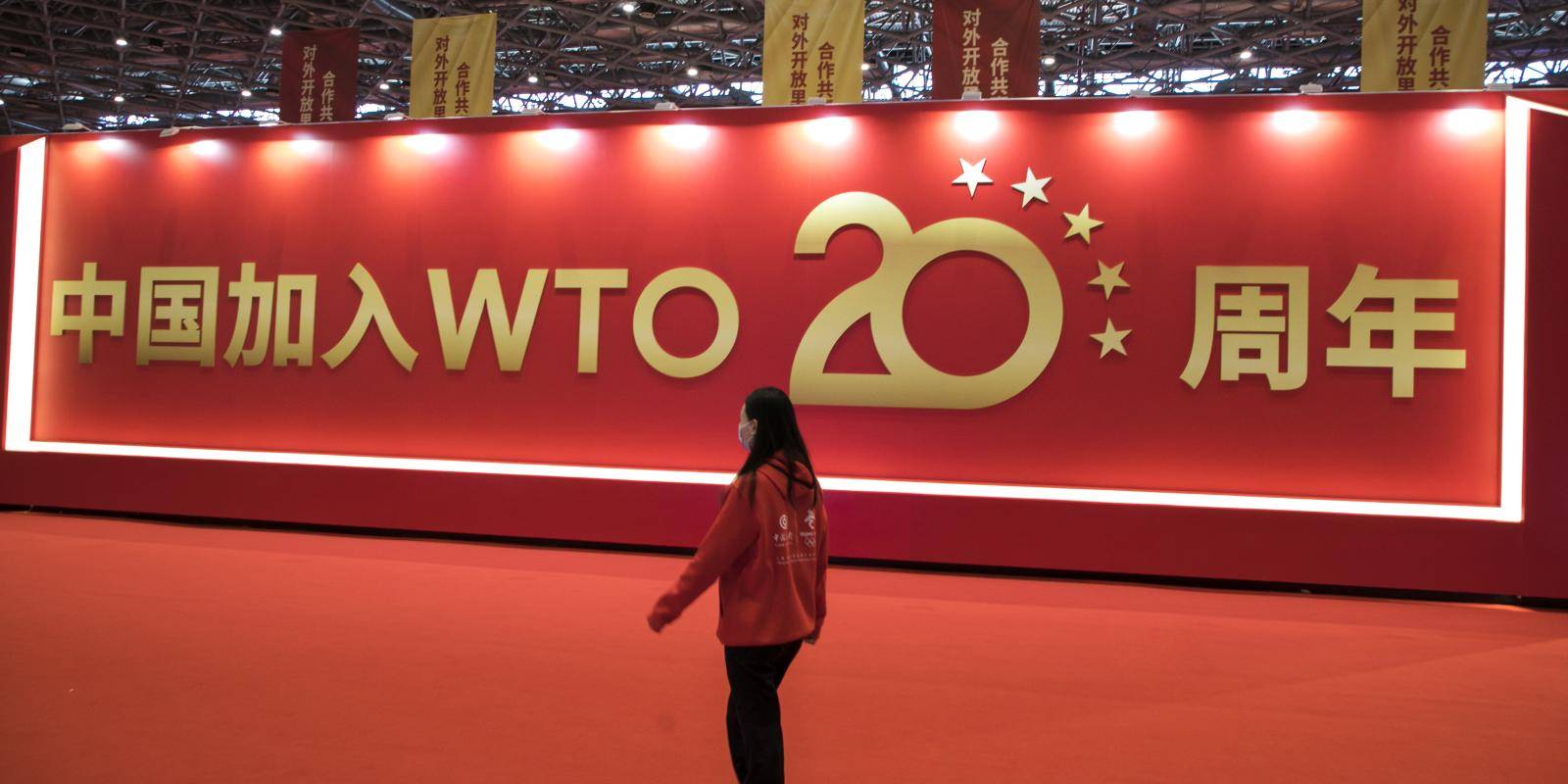Dr Jue Wang

China’s trade and development finance objectives and Western concerns about these have remained relatively consistent over the last two decades. However, as China’s economy and influence have expanded, the response of the international community has become more robust and less flexible.
To achieve its goals, particularly when facing opposition within multilateral institutions, China has adopted a multifaceted approach to global economic governance. This strategy is driven by domestic needs, strategic concerns and the country’s development experience. In particular, Beijing has sought to use multilateral and bilateral mechanisms to stimulate internal reforms in global institutions, and to increase China’s influence in developing rules and norms.
China has established itself as a crucial participant in international institutions over the last 20 years, particularly in the World Trade Organization and the Asian Infrastructure Investment Bank. Its increasingly complex engagement in global governance will continue to simultaneously create tensions alongside opportunities for deeper cooperation.
Image — An exhibition themed on the 20th anniversary of China’s accession to the World Trade Organization is seen during the 4th China International Import Expo on 8 November 2021 in Shanghai, China. Photo credit: Copyright © VCG/VCG/Getty Images.
Summary
Over the past 20 years, China’s trade and development finance objectives and Western concerns about these have remained relatively consistent. China has adopted a multifaceted approach to global economic governance that combines both bilateral and multilateral tools as well as a mix of cooperative and confrontational tactics.
Domestic needs, strategic concerns and the country’s development experience all drive this approach. For the foreseeable future, China will continue to combine cooperative multilateral engagement with ‘outside options’ – in the form of bilateral or regional cooperation – to stimulate internal reforms in existing global institutions, such as the World Bank.
When multilateral institutions have impeded China’s pursuit of its trade objectives, the country has instead taken an alternative approach, such as through regional trade agreements. However, this route has only been successful with buy-in from major partners.
In development finance, China pursues both bilateral and multilateral approaches. Bilateral lending allows Beijing to mitigate overcapacity in industries, facilitate Chinese enterprises’ global expansion, stimulate trade with recipient countries, and increase influence in the developing world. Meanwhile, engagement with the World Bank and the Asian Development Bank (ADB), as well as new co-established financial institutions, like the Asian Infrastructure Investment Bank (AIIB), helps China to gain influence in setting rules and norms.
No comments:
Post a Comment